Per sort, quan ja estavem a punt de desistir se'ns va aparèixer un japonès que ens va recomenar anar per una altra banda i en vàrem fer molta via, la sort dels principiants! Ja al santuari la organització era espectacular, gent per tot arreu però com és habitual tot perfectament quadrat, feien passar la gent en blocs on tot eren cops i corredisses per agafar els millors llocs, llençar diners i fer la pregària d'any nou i tot en poc més de 5 minuts perquè ja tenies un altre grup al darrera. El quadre era bastant béstia, tota aquella multitud a dins d'un santuari donava una imatge bastant allunyada de la solemnitat que normalment un espera a dins un lloc sagrat i certament diferent a la pau i tranquilitat que un normalment troba al santuari Meiji. Per acabar, quan sortiem vem recollir un tradicional omikuji, els quals són especials a Meiji Jingu ja que enlloc de les típiques tires de fortuna de paper, es tracta de reculls de poemes escrits per l'emperador Meiji en un estil anomenat poesia Waka (sempre són 31 sílabes en un patró determinat) i que tenen una significació especial. El meu certament el vaig trobar molt encertat i en prendré bona nota per encarar l'any :).
After New Year's eve came the famous Oshogatsu of which I wrote about in the previous post, and refers to the first three days of the year. During this period if there is a tradition among the traditions this is the Hatsumode, that means the first visit of the year to a Buddhist temple or Shinto shrine. During these days everybody by all means will go there, regardless of age, social class or even beliefs, the first visit of the year to a temple is something that goes beyond religion and is deeply-rooted to this society. As I explained, the brave ones go the same night of new year's eve, and I say brave because usually is freezing and there are lots of people so unless you are not very much into it I guess you find better ideas on where to spend your night. In our case, although very brave (...), we decided to go on the first day probably the day where it concentrates more people, and as there are no temples in Tokyo we decided to go to the most popular one, Meiji Shrine at Yoyogi park!. So, what came after was quite obvious, I was already told that there will be huge crowds and queues but I'd had never expected to find soooo many people. Already at the entrance where there is a huge Tori door was packed, and from there to the temple, that usually takes about 10' walking, that day were 2 hours and a half!! Luckily enough when we were about to give up, we met a Japanese man who advised us to take a different path and like that we were able to make it in much lesser time! At the shrine the organization was awesome, people everywhere but as it is usual all perfectly aligned, the security people coordinate the human mass letting in a small group of people at one time, most of them rushing and even running to get the best places, then the process was to throw money and make your pray, all this in less than 5 minutes since another group would come after. Altogether was quite striking, these crowds in the shrine gave an image quite far away of the solemnity that one would expect from a holy place and certainly very different to the calm and peace that you can find at Meiji shrine. Last but not least, before leaving we took a traditional omikuji (!!), which are quite special at Meiji Shrine since instead of the typical fortune teller description, you find a Waka poem written by the emperor Meiji long time ago. Waka poetry is a particular way to write short poems (always 31 syllable) which is said to have a special meaning. In my case, the omikuji was really interesting and I took well note of its meaning to start this new year :)
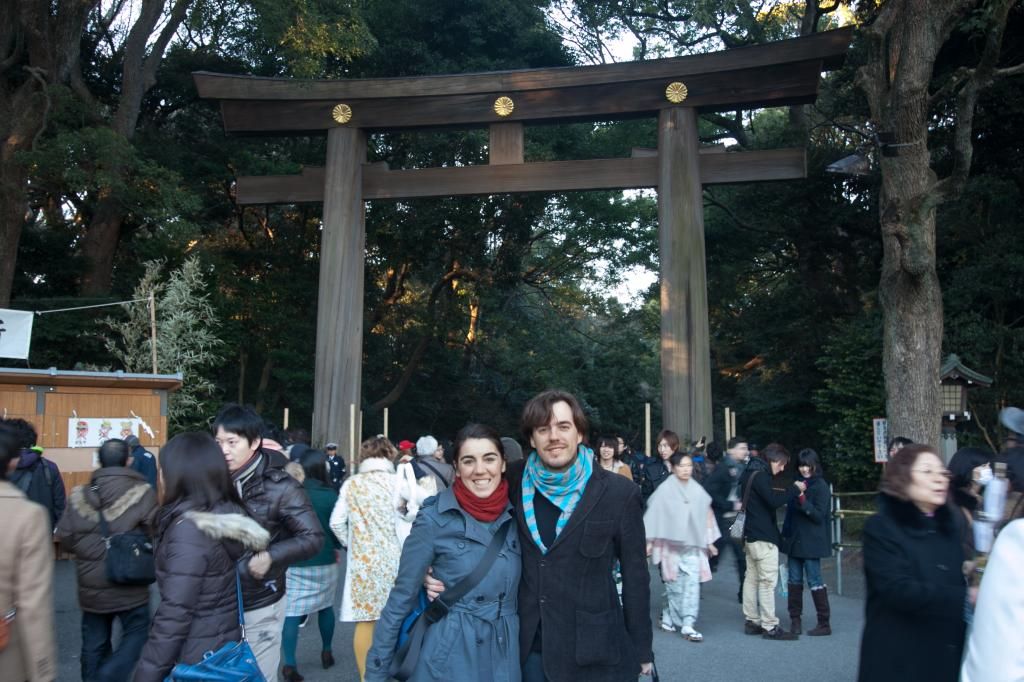
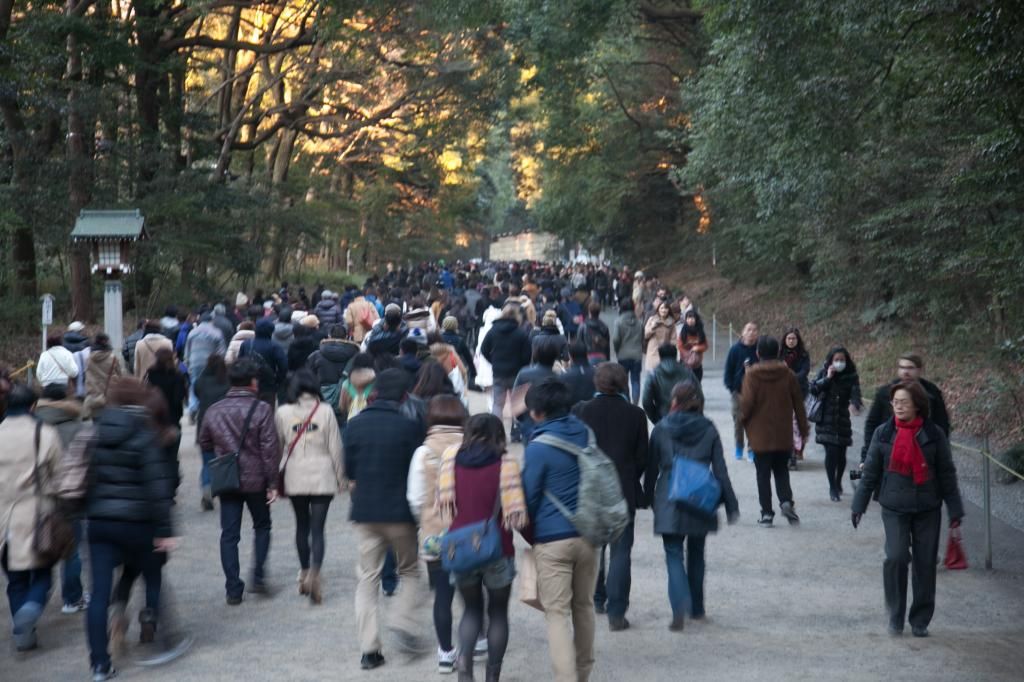
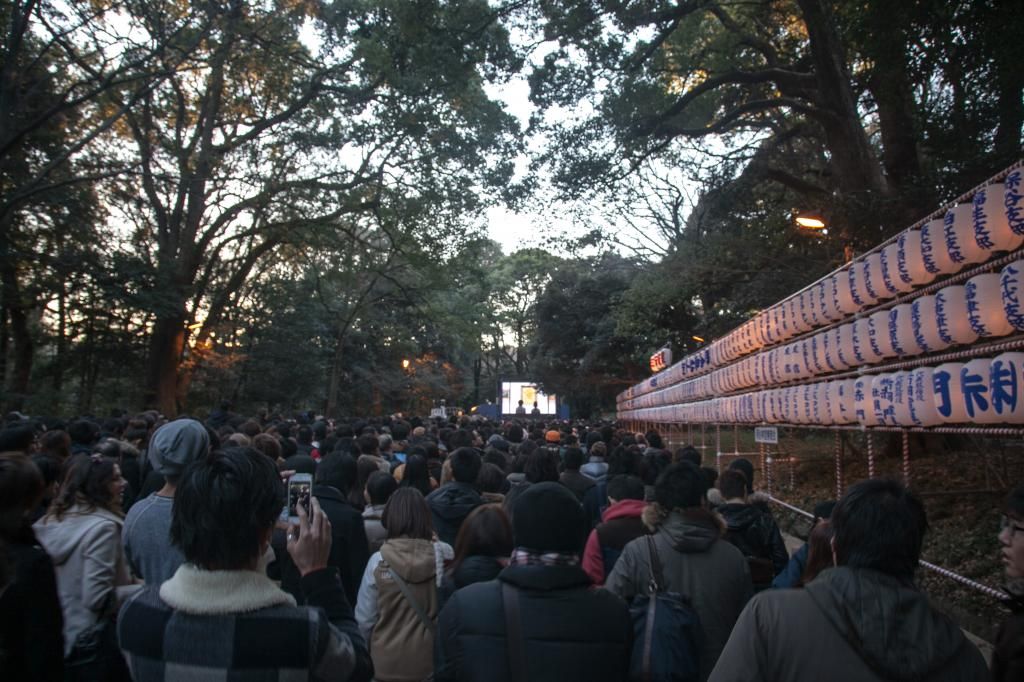
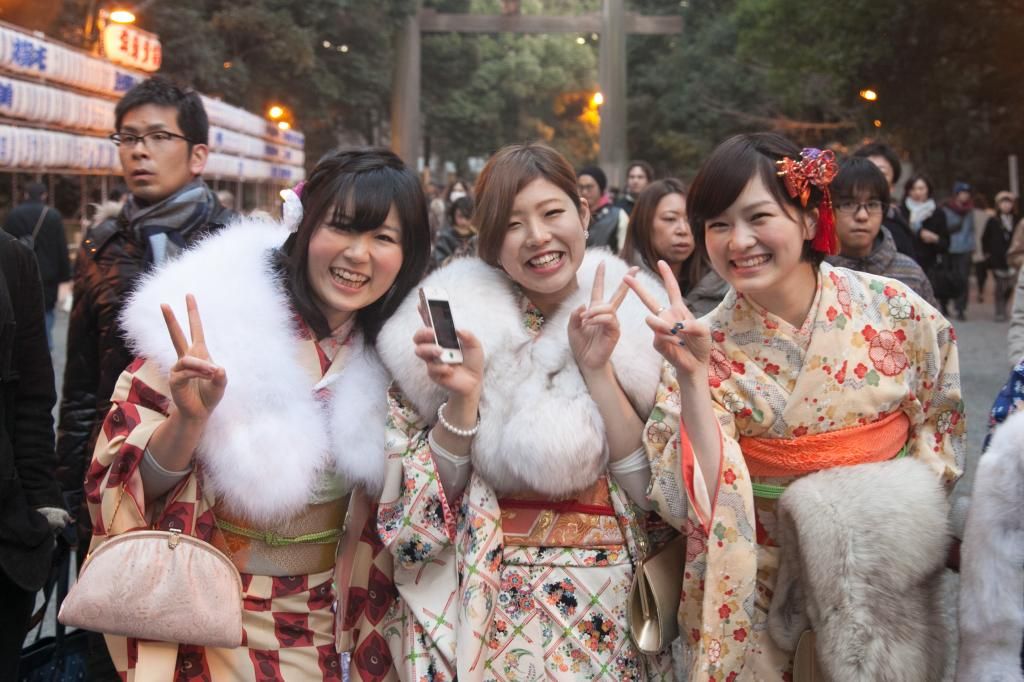
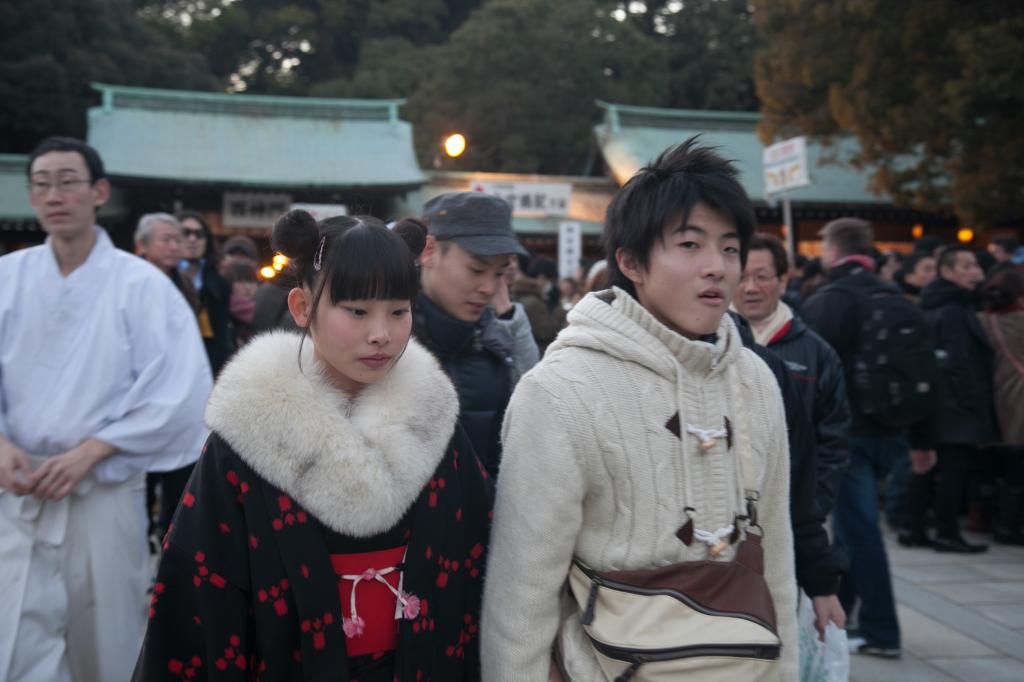
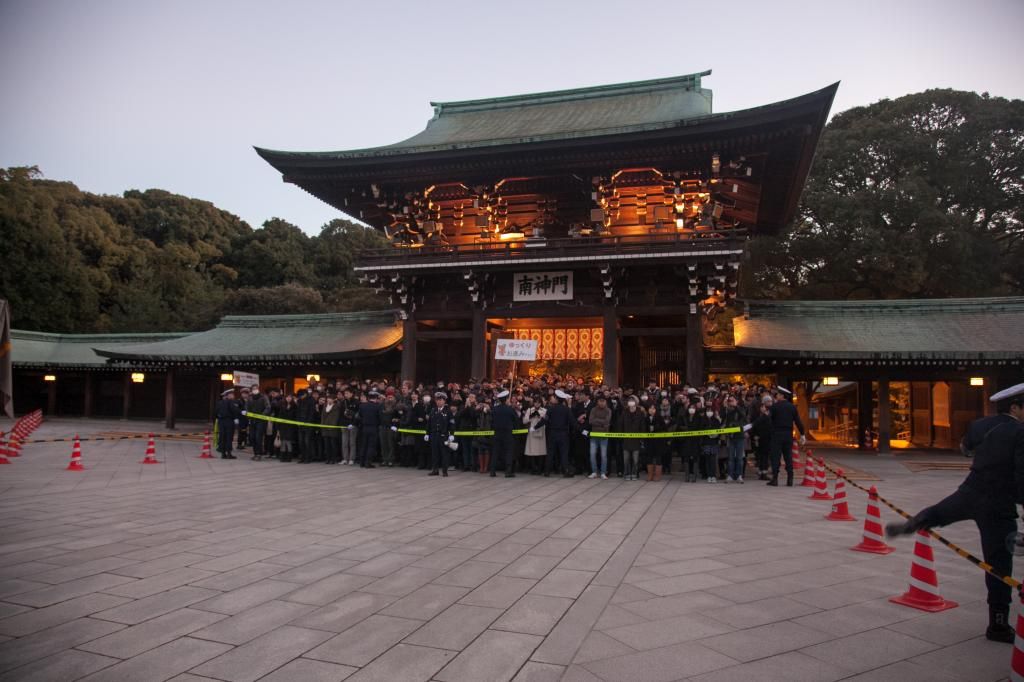
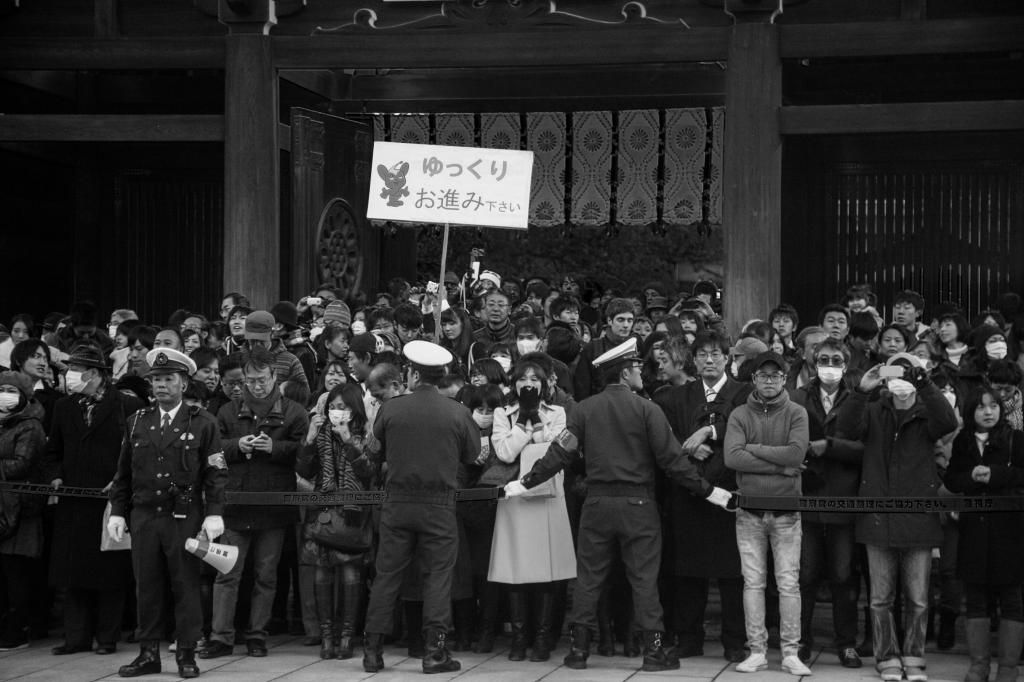
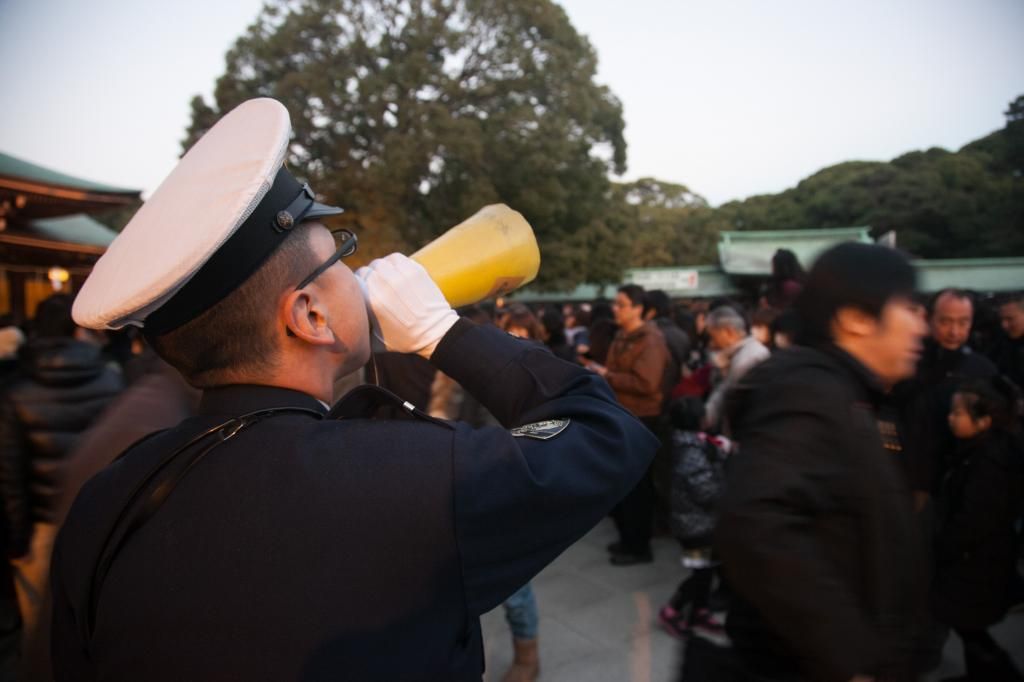
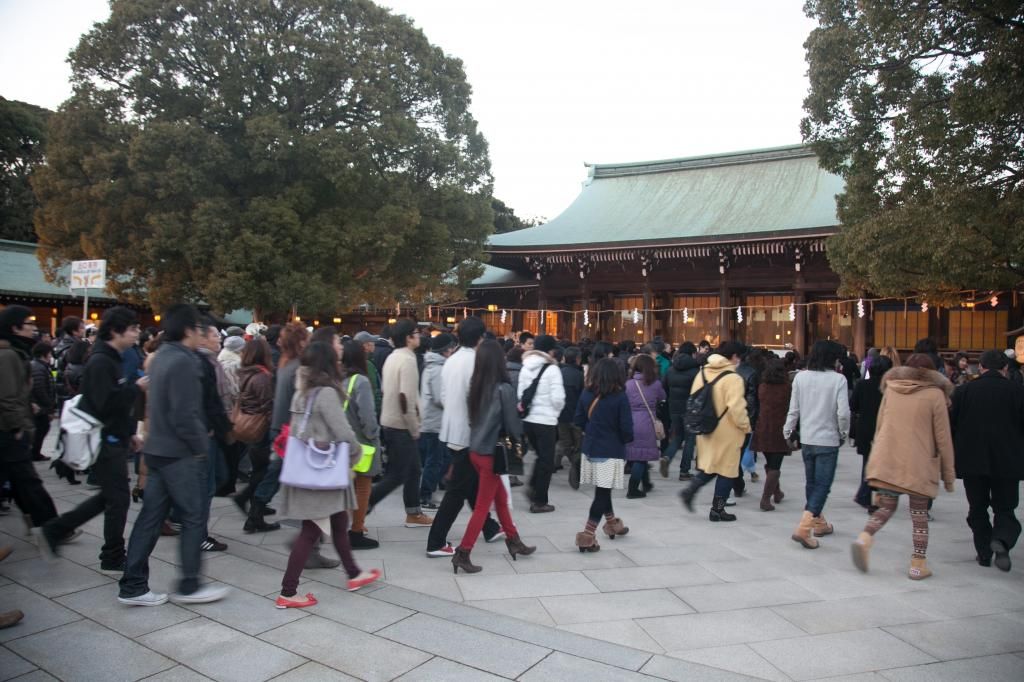
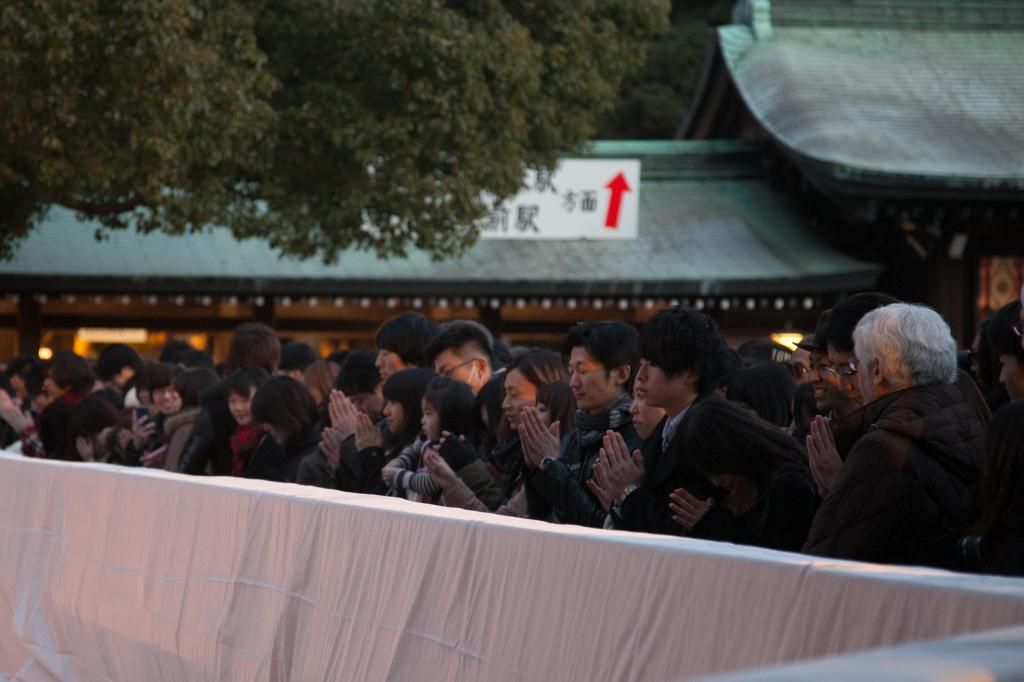
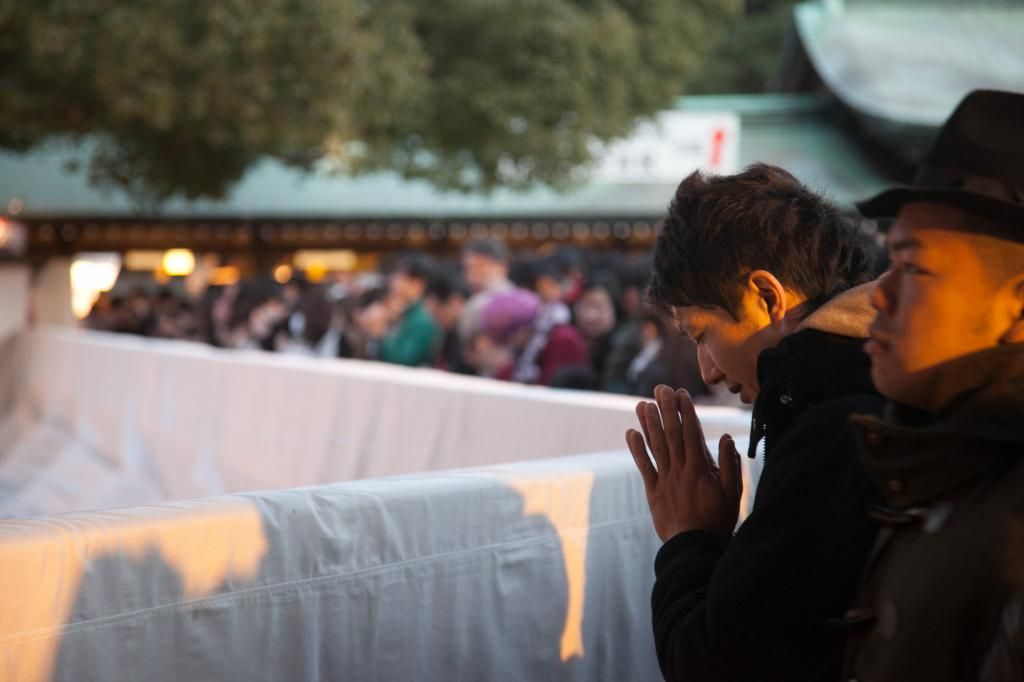
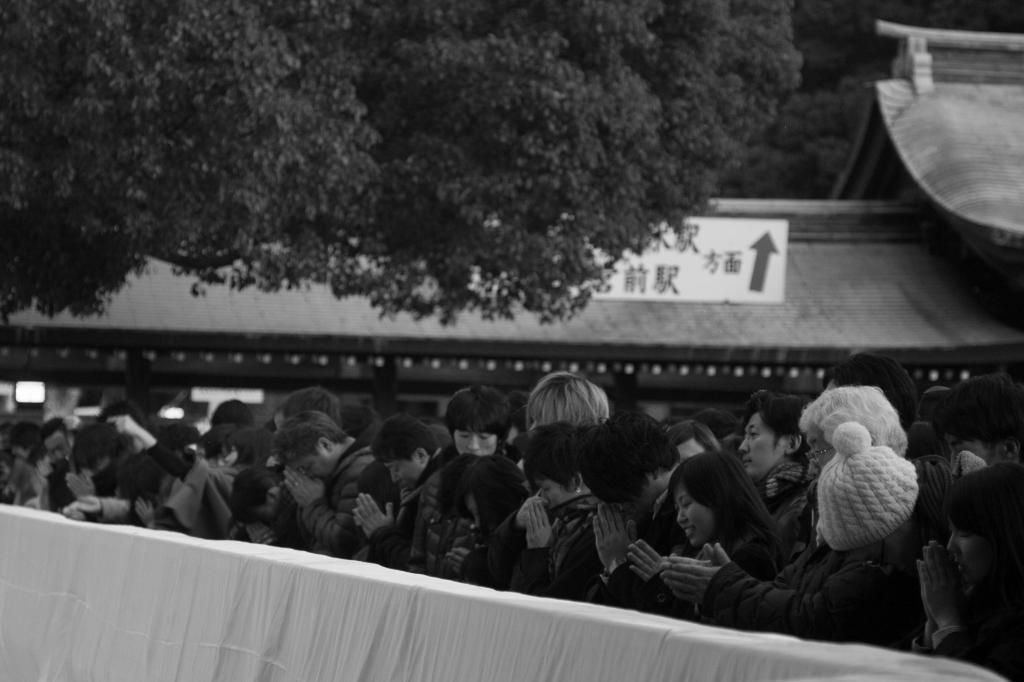
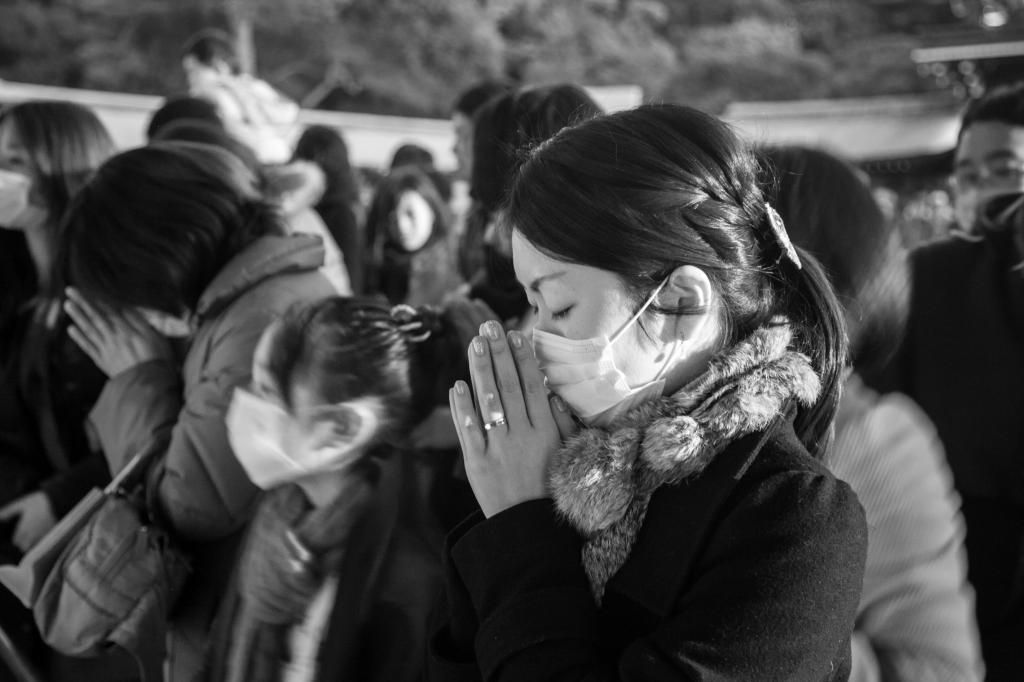
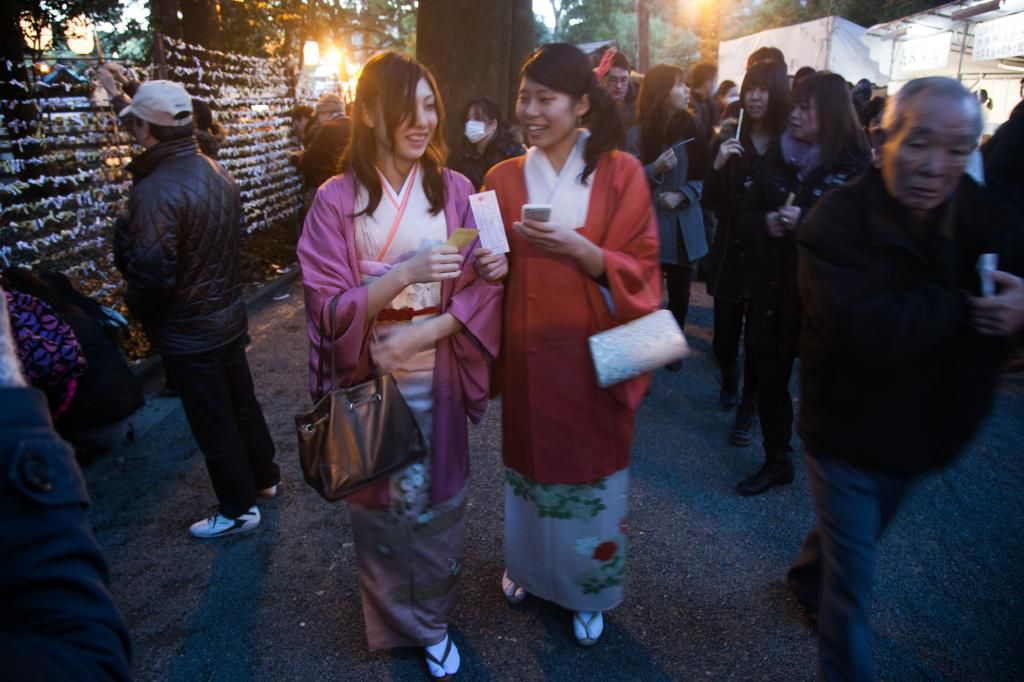
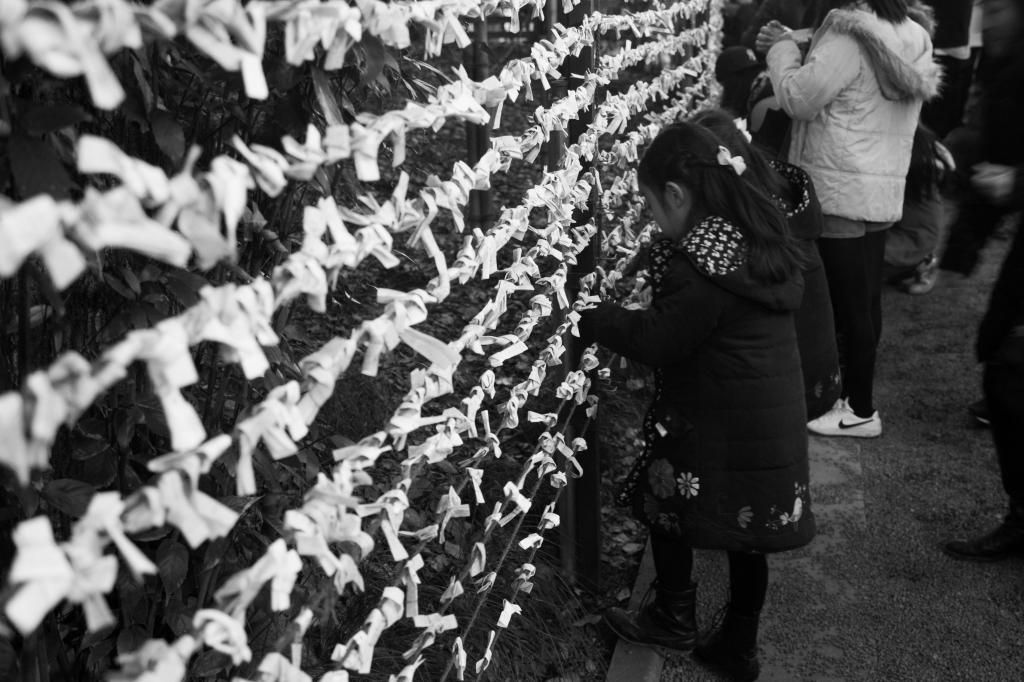
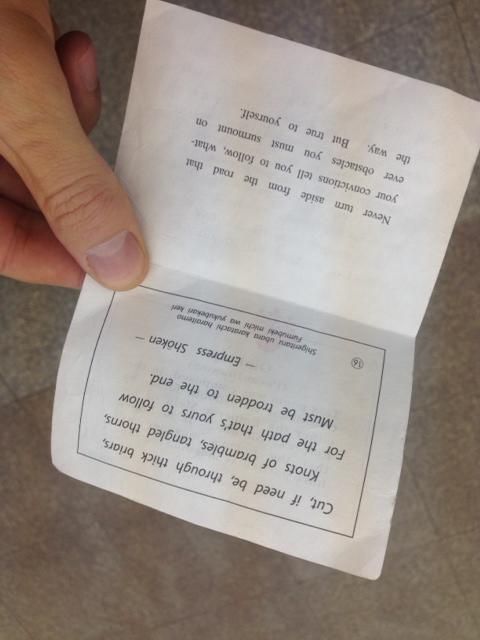
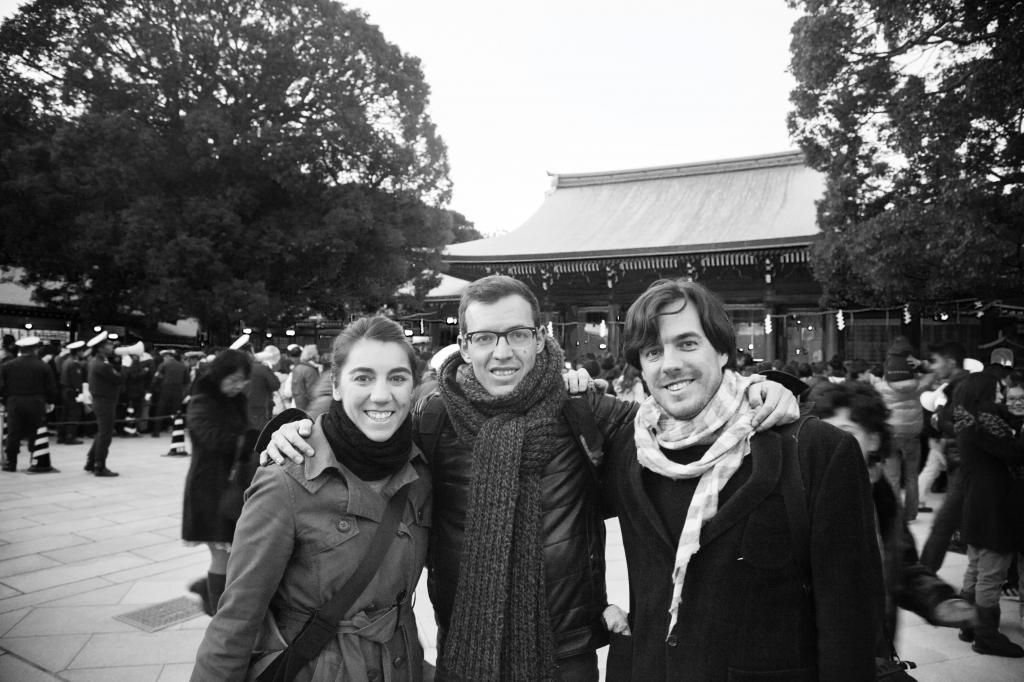
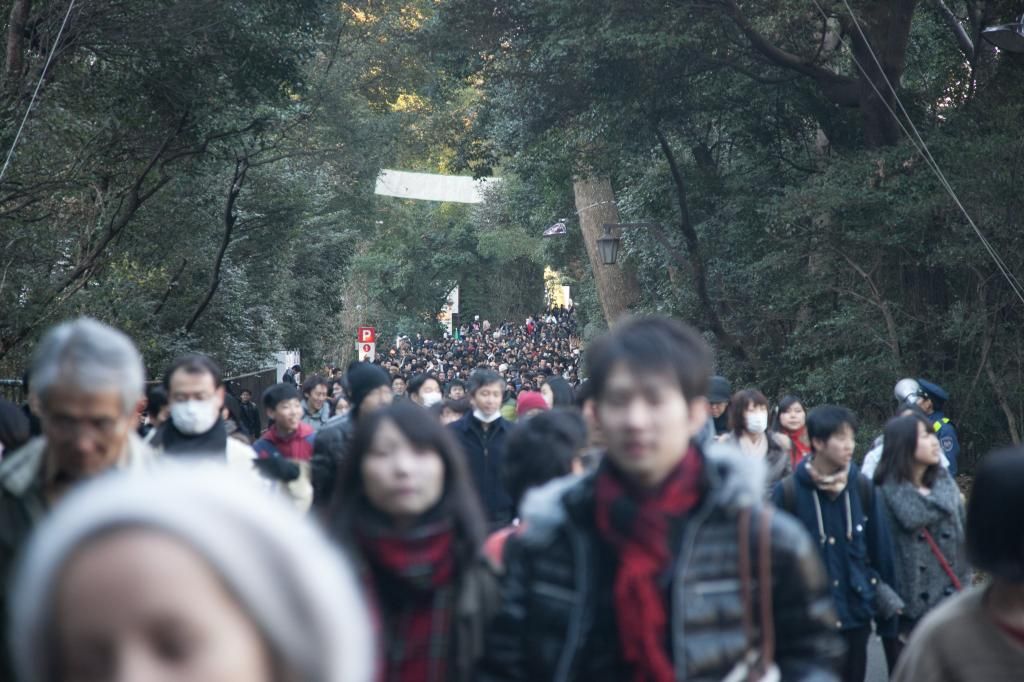
Cap comentari:
Publica un comentari a l'entrada